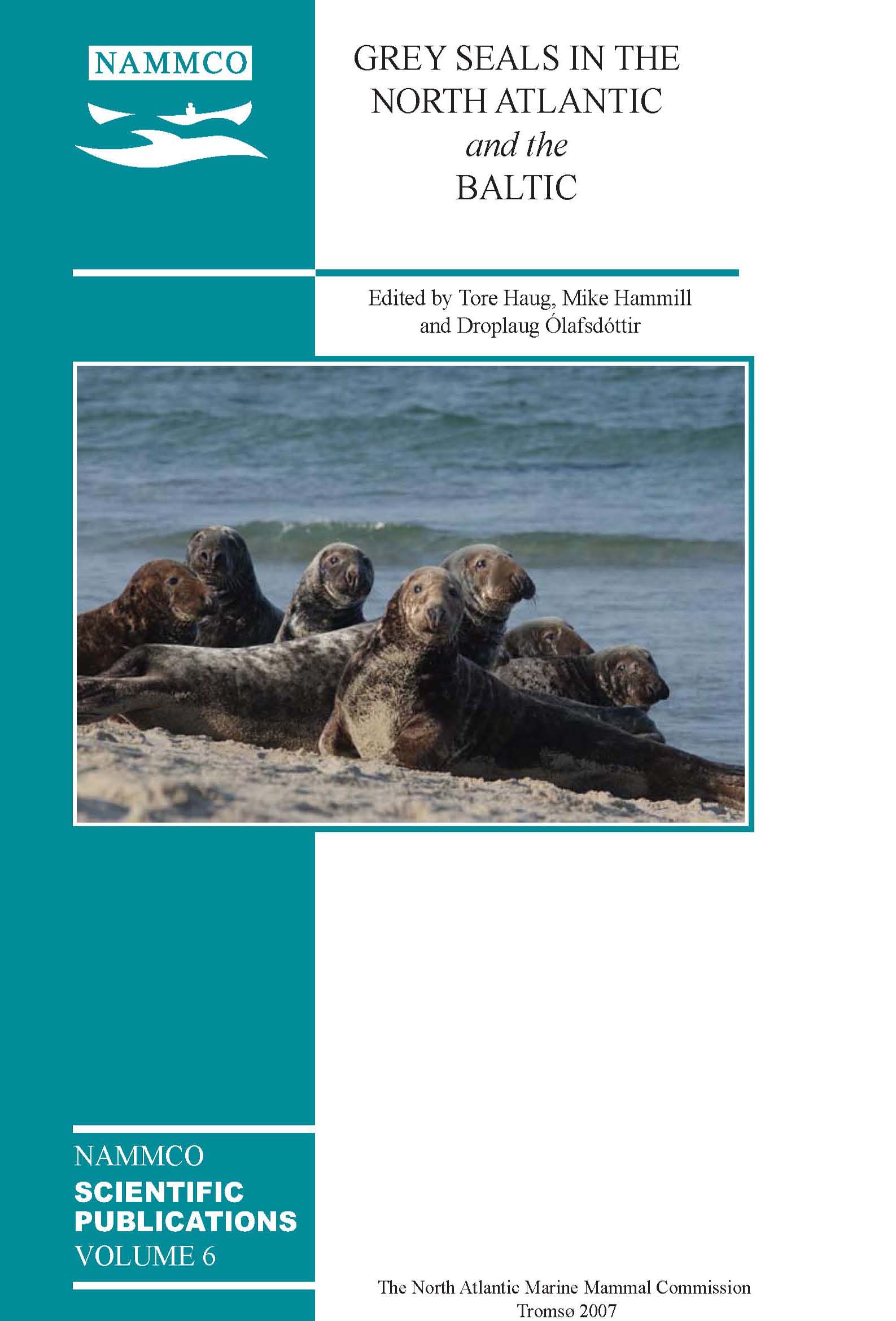Estimation of grey seal (Halichoerus grypus) diet composition in the Baltic Sea
DOI:
https://doi.org/10.7557/3.2733Keywords:
grey seals, diet composition, Baltic SeaAbstract
We examined the digestive tract contents from 145 grey seals (Halichoerus grypus) collected between 2001 and 2004 in the Baltic Sea. We compensated for biases introduced by erosion of otoliths, both by using additional hard-part structures other than otoliths, and species-specific size and numerical correction factors. In the absence of numerical correction factors based on feeding experiments for some species, we used correction factors based on a relationship between otolith recoveryrate and otolith width. A total of 24 prey taxa were identified but only a few species contributed substantially to the diet. The estimated diet composition was, independently of the prey number estimation method and diet composition estimation model used, dominated by herring (Clupea harengus), both by numbers and biomass. In addition to herring, common whitefish (Coregonus lavaretus) and sprat (Sprattus sprattus) were important prey, but cyprinids (Cyprinidae), eelpout (Zoarces viviparus), flounder (Platichtys flesus) and salmon (Salmo salar) also contributed significantly. Our results indicated dietary differences between grey seals of different age as well as between seals from the northern (Gulf of Bothnia) and the southern (Baltic Proper) Baltic Sea.Downloads
Published
2007-01-01
How to Cite
Lundström, K., Hjerne, O., Alexandersson, K., & Karlsson, O. (2007). Estimation of grey seal (<i>Halichoerus grypus</i>) diet composition in the Baltic Sea. NAMMCO Scientific Publications, 6, 177–196. https://doi.org/10.7557/3.2733
Issue
Section
Articles





